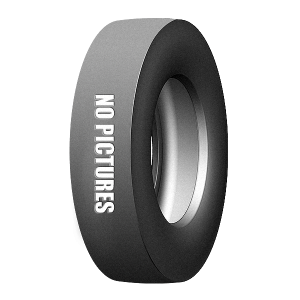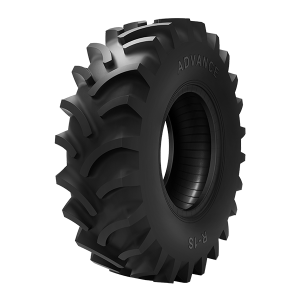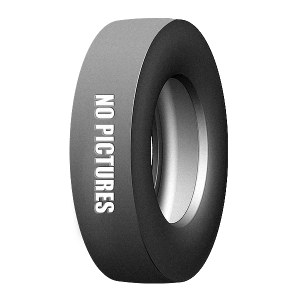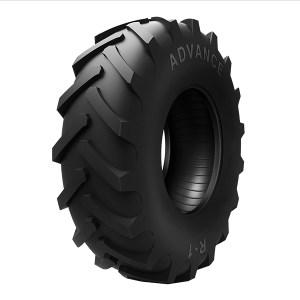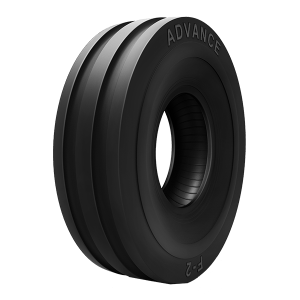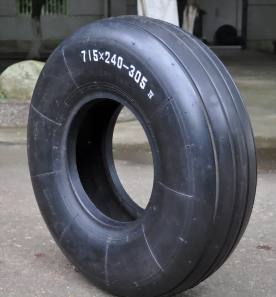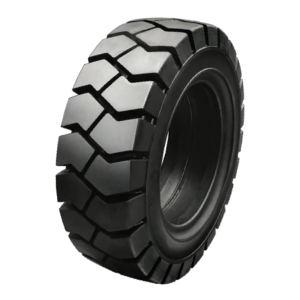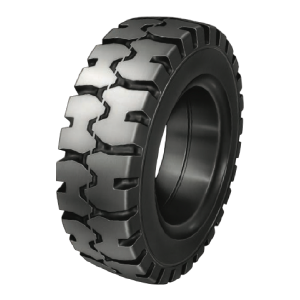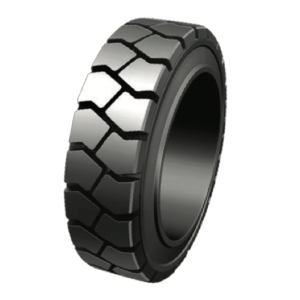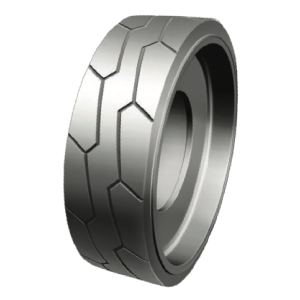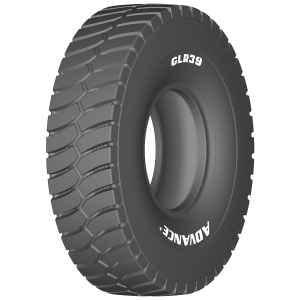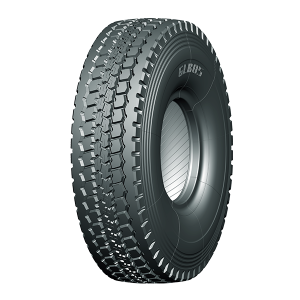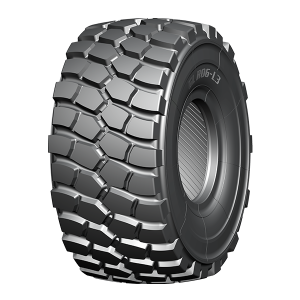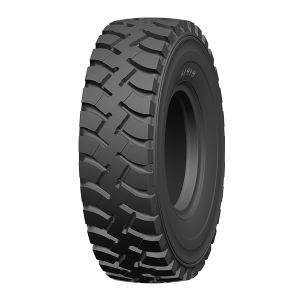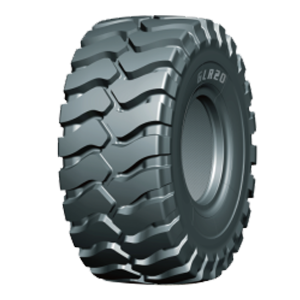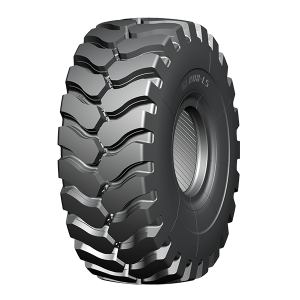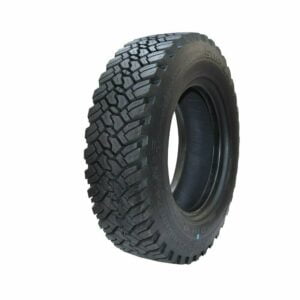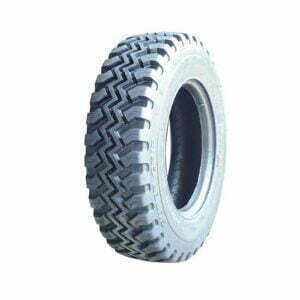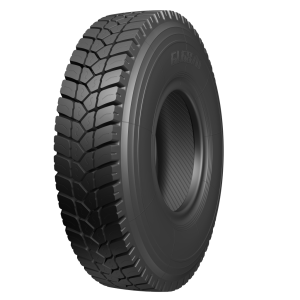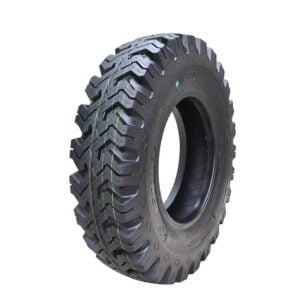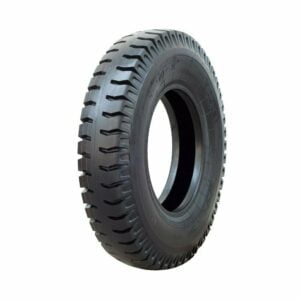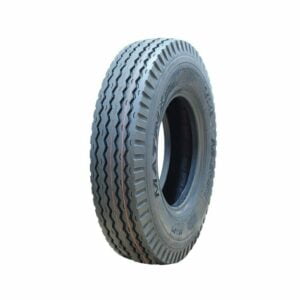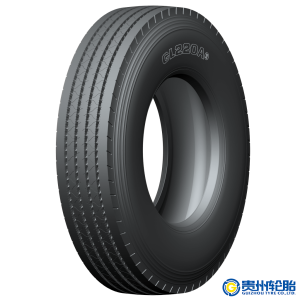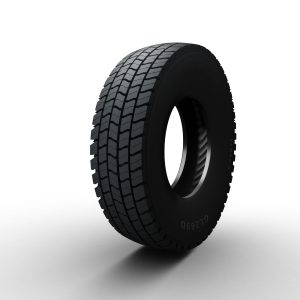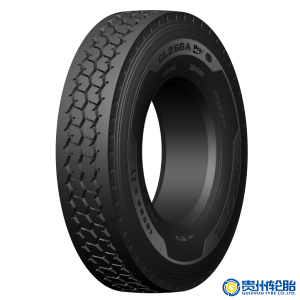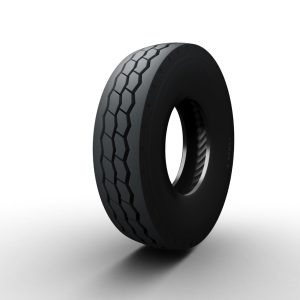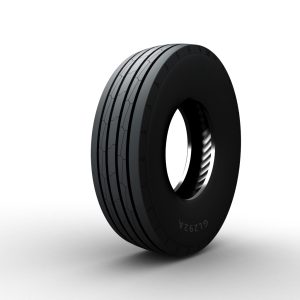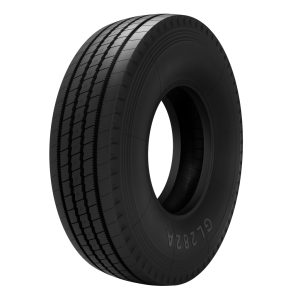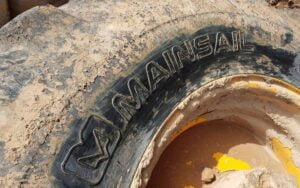Winter driving presents its own unique set of driving challenges. Learn more about these tires and how they can benefit you in cold, snowy, and icy conditions.
Can I Use Summer Tires In the Winter?
When average daily temperatures are at or below 7°C, ordinary Tires will Harden and Flexibilty is Reduced.A switch to winter tires is strongly recommended.
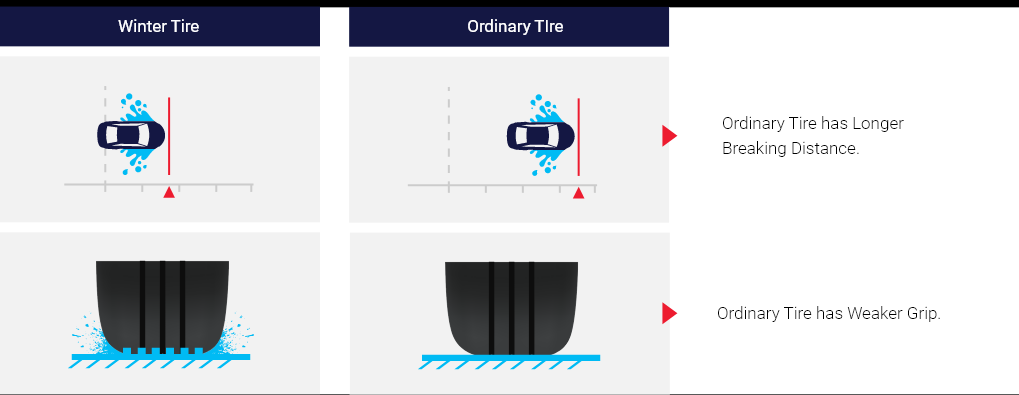
What Are Winter Tires?
Winter tires are designed using a special rubber compound formula and pattern. These tires optimize safety on winter roads and ensure grip capabilities are still effective at temperatures below 7°C.
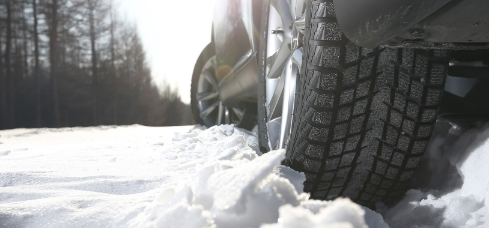
Solution:
Take your vehicle to the nearest Giti Professional Service Center for a tread depth inspection.
MISTAKE 1
I mainly drive in urban areas that barely snow so I do not need winter tires.
Generally speaking, when the temperature drops below 7°C, summer tires’ performance is weakened resulting in longer braking distance and poor handling.
During the winter, after it rains a thin invisible ice layer will form on the road surface which weakens summer tire performance, causing handling malfunctions and longer braking distance.
MISTAKE 2
If you buy only two winter tires, they should be mounted on the driving wheel to ensure sufficient driving power is produced (e.g. for front-wheel drive vehicles, tires should be mounted on the front wheels).
All four winter tires need to be replaced at the same time to ensure superior braking performance on winter roads. If you only mount two tires, they may cause uneven gripping which leads to vehicle spins.
MISTAKE 3
When stopping on icy or snowy roads, lots of pressure should be applied on the brakes.
Firstly, you will need to know if your car is equipped with an anti-lock braking system (ABS). You can check the vehicle owner’s manual for vehicle related information.
If your vehicle is not equipped with ABS, you must press the brakes all the way when breaking on wet roads. Do not gently step on the brakes as this will lead to wheel lockup.
What Are the Benefits of Winter Tires?
Winter tires are created using a special rubber tread formula that improves grip, traction, and braking performance at low temperatures to enhance the safety on icy and snowy roads. The tread compound can be compared to chewing gum. At temperatures below 7°C, the tread will start to harden.








Which Symbols Represent Winter Tires?

Quick Questions and Answers
Winter tires can be mounted on four-wheel drive vehicles and the rear axle of a rear wheel drive vehicle to enhance stability.
If winter tires are only mounted on the front axle, handling capabilities may be reduced.
Using winter tires with a lower speed rating than the original equipment tire is common practice and permitted.
If a lower speed rating is selected, the maximum vehicle speed is limited to the lower speed rating.
Here is no legal obligation to mount 4 tires of the same brand on a given vehicle.
However, in order to optimize tire performance, we recommend mounting 4 identical tires (same brand, tire model, load index, and speed index) on a vehicle.
The answer is, No.
Winter tire tread compounds are as durable as the ones used in summer tires. Winter tires are specifically designed to achieve maximum efficiency in winter conditions.
The answer is, No.
If the winter and summer tires are the same size, it is not necessary to replace the rims.
The answer is, Yes.
On winter roads, ordinary tires have a longer braking distance.
The answer is, No.
Tire pressure is essential for safety, performance, tire life, tread wear, handling, fuel consumption, and etc.
Underinflated tires increase friction causing a rise in tire temperature which leads to potential accidents.
Overinflated tires are firmer making them prone to damage from potholes and other road hazards.
When winter tire tread depth is worn half way, it is time to replace the tire.
Unlike ordinary tires that need to be replaced when the tread depth is 1.6 mm.


